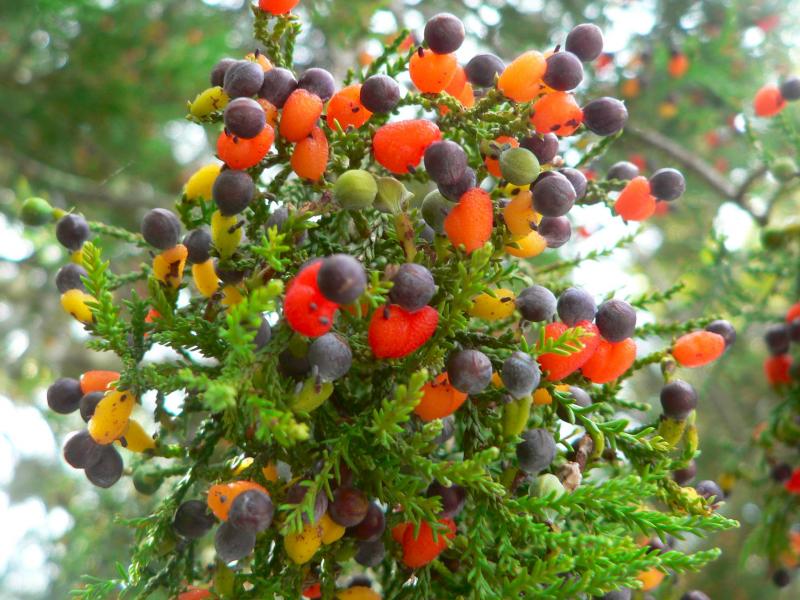Like many words, we don't really know the origin of "cocktail" except that it first appeared in print in The Balance and Columbian Repository from Hudson, N.Y., in 1806. When a mixture of fruits appeared as a rum or bourbon-soaked appetizer or salad, it was thought that since all salads had greens or lettuce, and this fruit salad had neither, it should be called more of an aperitif or "cocktail," and fruit cocktail was born.
Gardeners can grow their own fruit cocktail all on one tree. The thought of peaches, nectarines and apricots all on a single tree is possible through the age-old science of asexual plant propagation, or grafting. Of course the grafted fruits have to be related so they can all grow from the same mother tree. The so-called stone fruits can create a single tree with apricots, peaches, plums and nectarines, all on separate branches of the same tree. In a similar fashion, you can get trees grafted with four or five varieties of apples, or a tree with multiple varieties of pears.
These fruit cocktail trees are more than a novelty. By combining multiple varieties of apples or pears, you let a single tree cross-pollinate the different varieties so you can have a mini orchard in the space of a single tree. Even better, many fruit cocktail trees are dwarfed so you can grow one even in a tiny space or a large container. Several companies offer fruit cocktail trees, such as Burgess (www.eburgess.com) or Grandpa's Orchard (www.grandpasorchard.com).
If your tree is bare-rooted, soak the roots in water overnight. Gently spread the roots apart and fan them out. Dig a planting hole that is slightly wider than the root ball. If your soil is heavy clay or otherwise in poor shape, you may want to dig in some compost. Fill the soil in around the roots, tamp down and water well. Many growers make the mistake of filling the planting hole with rich soil or fertilizer, or well-composted manure. This can actually harm the tree. You want the tree roots to grow out from the planting hole and extend deep into the surrounding earth. This makes for strong roots and prevents trees from falling over. You can add a mulch of straw or leaf mold out to the drip line of the tree. You may need to stake the tree to keep it from blowing over or becoming disfigured by the wind.
Once your fruit cocktail tree is up and growing, pay attention to how each variety grows. If some branches or varieties grow too fast or vigorously, you can cut them back in the summer. Take care not to prune too much when the tree is dormant; this will just invigorate the branches. Let the weaker-growing varieties catch up during summer growth. Aim to maintain a good balance of each variety in the tree. Water regularly during hot, dry seasons, but do not let the roots sit in damp soil too long. After a year or two, you can apply an organic slow-release fertilizer twice a year in late winter and late summer.
Plant a single tree with several varieties of fruit on it, and you can soon enjoy your own fruit cocktail. Whether you choose to add bourbon or rum is up to you.





















































